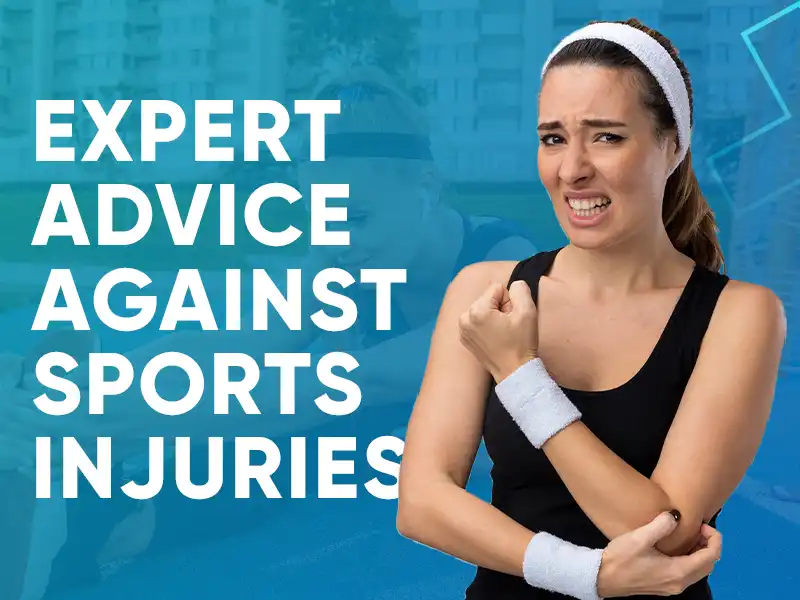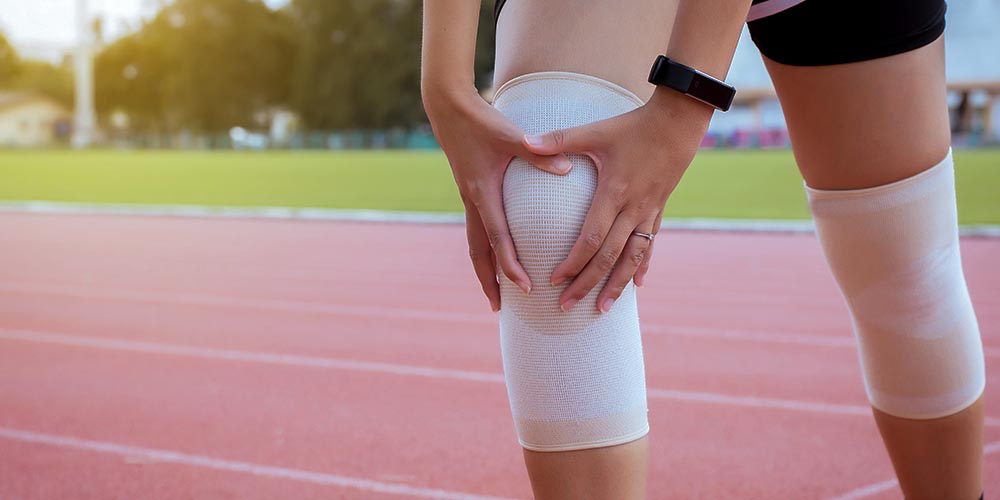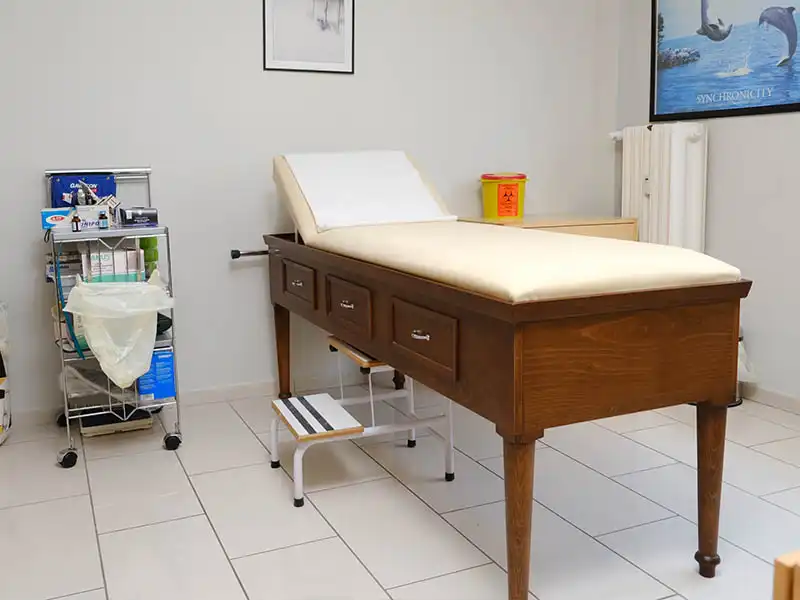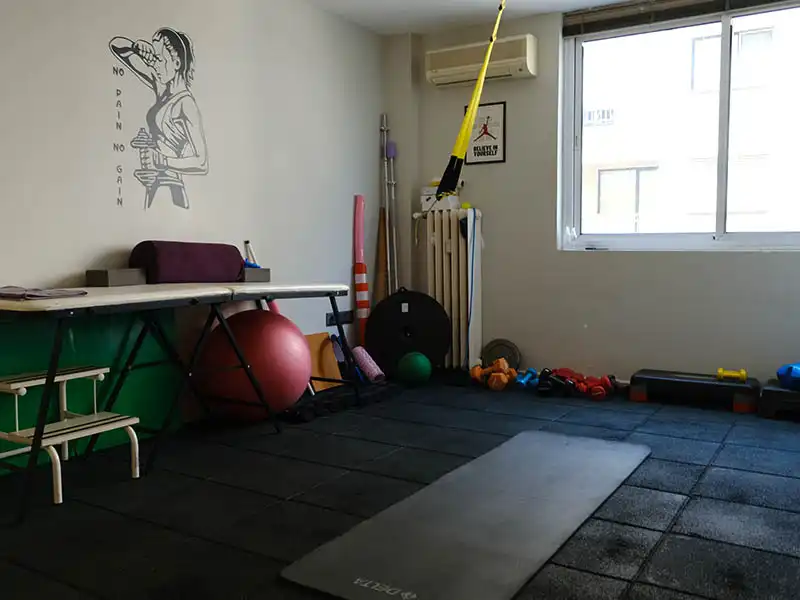Sports injuries refer to physical injuries that occur during sports activities and
typically affect structures such as muscles, bones, joints, tendons, and ligaments.
While participating in sports provides numerous health benefits, athletes can sometimes
experience injuries. Sports injuries can result from the stress, trauma, or repetitive
movements involved in sports.
There are various types of sports injuries, and the risk of injury varies across
different sports. Here are some common sports injuries:
Sprains
Sprains occur when the ligaments surrounding a joint are stretched or torn. Ankle, knee,
and wrist sprains are commonly seen. These injuries can result from sudden movements,
falls, or collisions. Symptoms of sprains include pain, swelling, limited range of
motion, and sometimes bruising.
Strains
Strains occur when muscles are stretched or overstretched, leading to muscle pain or
tearing. Runner's knee, muscle spasms, and muscle tears fall under this category.
Strains can cause pain, muscle weakness, and visible swelling.
Meniscus Injuries
Meniscus injuries involve tears or damage to the cartilage in the knee joint. The menisci
provide stability to the knee. These injuries can occur from sudden twisting or
excessive bending of the knee. Symptoms include knee pain, swelling, limited movement,
and even locking of the knee.
Tendinitis
Tendinitis refers to inflammation or damage to tendons. It can result from overuse,
repetitive movements, or trauma. Various types of tendinitis include tennis elbow,
golfer's elbow, Achilles tendinitis, and rotator cuff tendinitis. Symptoms include pain,
tenderness, and limited range of motion.
Fractures
Fractures occur when a bone cracks or breaks. Falls, collisions, or excessive stress
during sports activities can lead to fractures. Fractures cause pain, swelling, limited
movement, and sometimes deformity. These injuries may require immediate medical
attention and treatment options such as immobilization (splints, casts), surgery, and
rehabilitation.
Surface Injuries
Surface injuries involve cuts, lacerations, abrasions, and wound infections. They can
result from contact, impact, or friction during sports activities. Surface injuries are
characterized by bleeding, pain, redness, swelling, and signs of infection. Treatment
may involve cleaning, sterilization, sutures, wound care, and, if necessary, antibiotic
therapy.
Ligament Injuries
Ligament injuries occur when ligaments are stretched, torn, or ruptured. Ligament
injuries are commonly seen in the knee, ankle, and wrist. They can result from sudden
movements, falls, or collisions. Symptoms include pain, swelling, limited range of
motion, and a feeling of joint instability. Treatment options may include rest,
compression, elevation, physical therapy, and, in some cases, surgery.
The treatment of sports injuries varies depending on the type, severity, and individual
condition. Treatment typically involves rest, ice application, compression, elevation,
pain relievers, physical therapy, rehabilitation, and sometimes surgical intervention.
The goal of treatment is to accelerate the healing process, achieve functional recovery,
and prevent re-injury. Each sports injury should be evaluated individually, and a
healthcare professional should determine the appropriate diagnosis and treatment plan.














